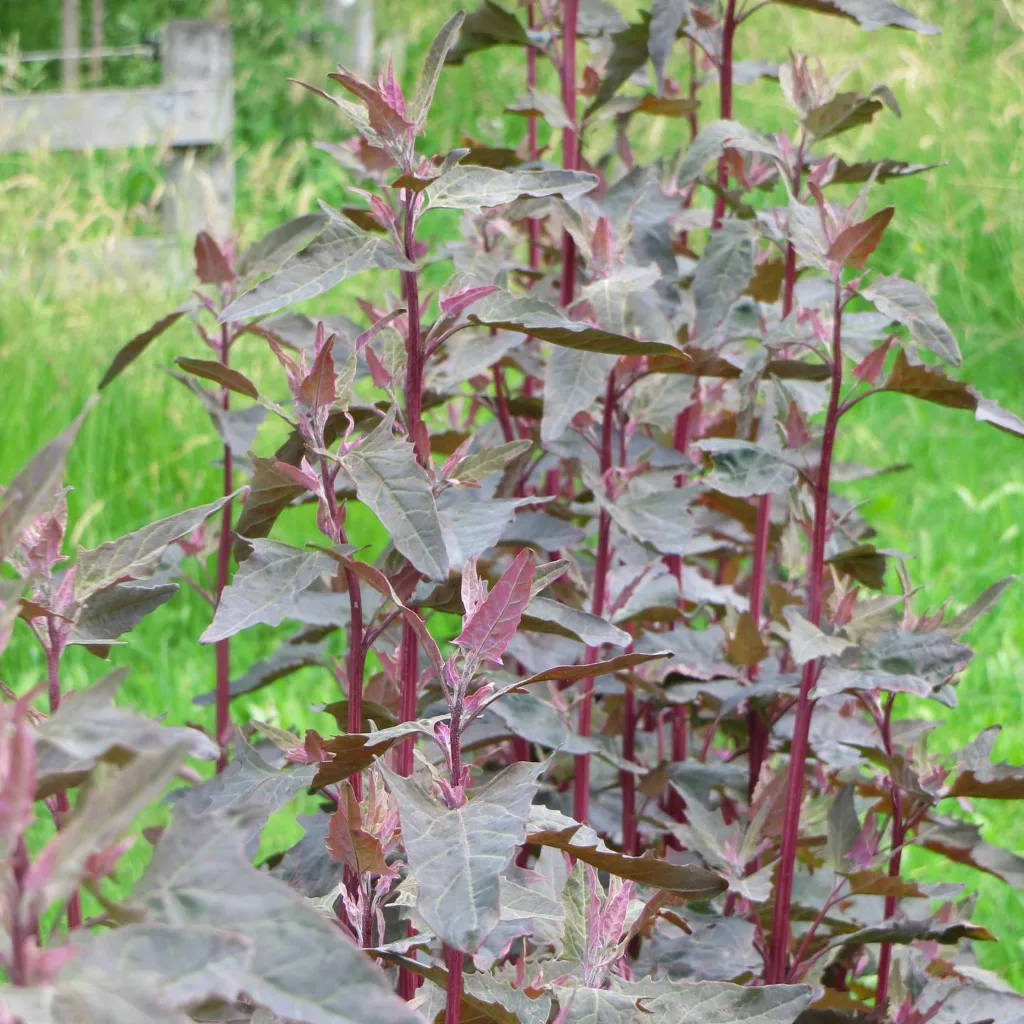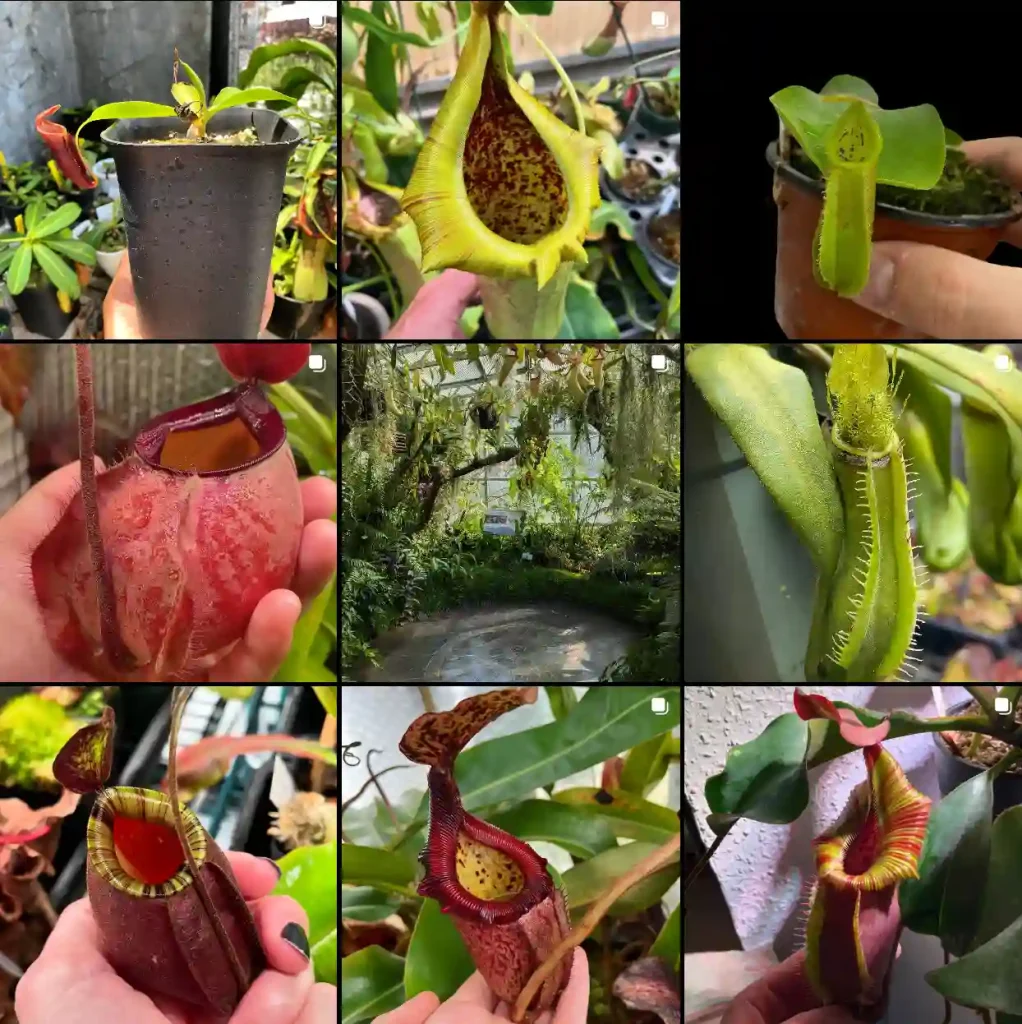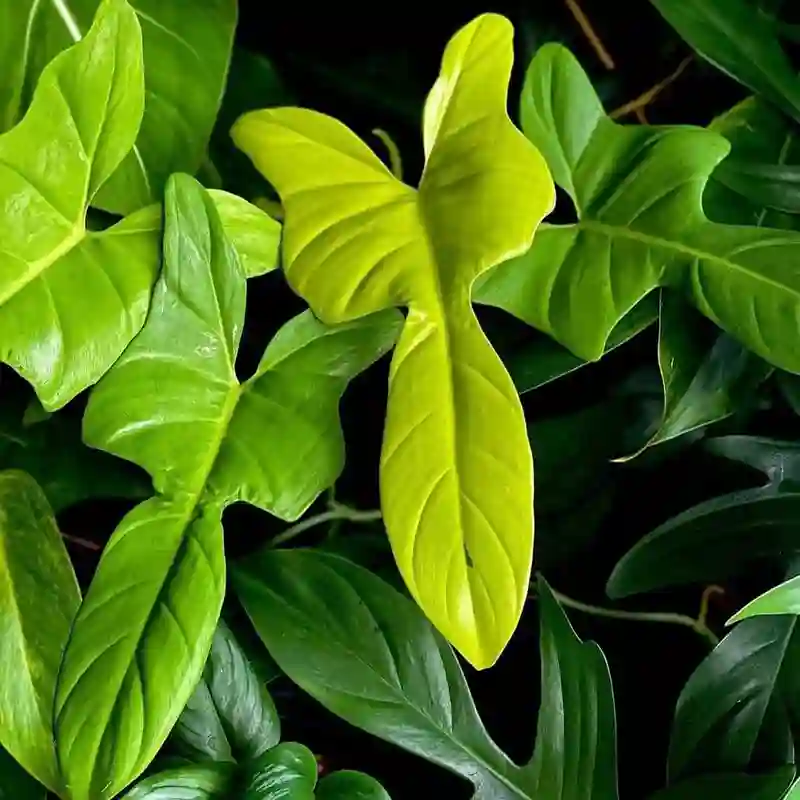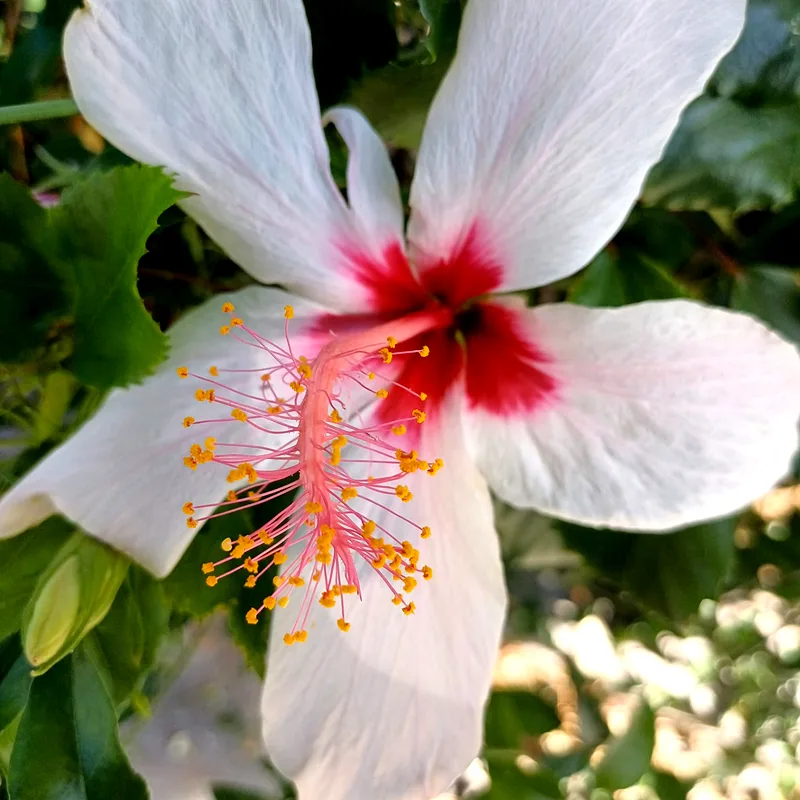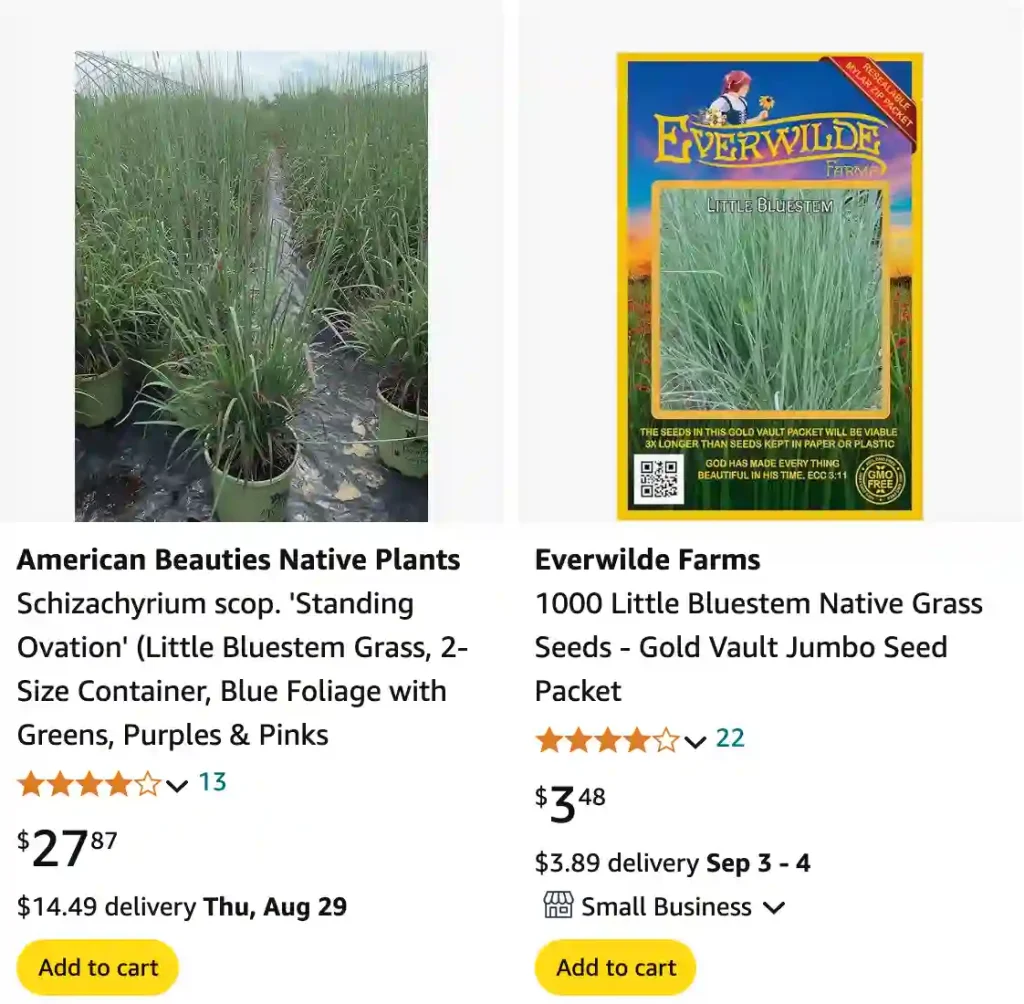
FAQs About Little Bluestem
As an avid gardener and plant enthusiast, I’ve had my share of experiences with Little Bluestem. This native grass, known for its striking appearance and low maintenance needs, has become a favorite in my garden. In this article, I’ll cover some frequently asked questions about Little Bluestem, sharing insights and tips based on my personal experiences.
59 Species in Genus Schizachyrium
Does Little Bluestem Spread?
Yes, Little Bluestem (Schizachyrium Scoparium) does spread, but not aggressively. It spreads mainly through its rhizomes, which are underground stems that help the plant establish itself and expand its territory. However, it’s not known for becoming invasive. If you want to manage its spread, regular maintenance like dividing the clumps or containing it with garden edging can be effective.
How Fast Does Little Bluestem Grow?
Little Bluestem grows at a moderate pace. In ideal conditions, you can expect it to reach its full height of about 2 to 4 feet within a growing season. It starts off slowly in the spring, gaining momentum as the temperatures warm up. By summer, it’s usually in full growth mode, showcasing its beautiful blue-green foliage.
How Long Does It Take Little Bluestem to Grow?
From seed to mature plant, Little Bluestem takes about 2 to 3 years to reach its full potential. This growth period can vary depending on soil quality, sunlight, and water availability. In its first year, you might see some initial growth and development, but it’s in the second and third years that it really begins to thrive and spread.
How to Grow Little Bluestem From Seed?
Growing Little Bluestem from seed is a rewarding process. Start by sowing seeds in a seed tray or directly in your garden in late winter or early spring. The seeds should be lightly covered with soil. Keep the soil consistently moist but not waterlogged. Once the seedlings are large enough to handle, you can transplant them into your garden. Ensure they have plenty of sunlight and well-draining soil to grow successfully.
How to Plant Little Bluestem?
Planting Little Bluestem involves a few straightforward steps. Choose a location with full sun to partial shade and well-draining soil. Space the plants about 12 to 18 inches apart to allow for their mature size. If planting from pots, dig a hole twice as wide as the root ball and place the plant in the hole, backfilling with soil. Water thoroughly after planting to help the roots establish.
Can You Mow Little Bluestem?
Yes, you can mow Little Bluestem, but it’s not usually necessary. If you want to keep the grass looking tidy or control its spread, mowing can be done in late winter or early spring before new growth begins. Mowing helps to remove any dead or damaged parts and encourages fresh growth.
Do Rabbits Eat Little Bluestem?
In my experience, rabbits generally do not prefer Little Bluestem. This grass is not a top choice for these critters, which tend to go for more tender and succulent plants. However, if food is scarce, rabbits might nibble on it, so keep an eye out for any signs of grazing.
How Close to Plant Little Bluestem?
When planting Little Bluestem, spacing is important for its health and growth. I recommend planting them about 12 to 18 inches apart. This spacing allows each plant enough room to grow and spread without crowding its neighbors.
Little Bluestem vs Big Bluestem
Little Bluestem and Big Bluestem (Andropogon gerardii) are both native grasses, but they have distinct differences. Little Bluestem is shorter, typically growing to 2 to 4 feet, while Big Bluestem can reach up to 6 feet. Little Bluestem has a finer texture and a more delicate appearance compared to the robust, towering Big Bluestem. They can be used together to create a diverse and visually interesting landscape.
Little Bluestem vs Broomsedge
Broomsedge (Andropogon virginicus) and Little Bluestem are often confused, but they have their differences. Broomsedge tends to be more clump-forming and has a more coarse texture compared to Little Bluestem. While Broomsedge can also grow in poor soils, Little Bluestem generally offers a more refined look and can provide a longer season of interest with its changing colors.
Little Bluestem vs Standing Ovation
Standing Ovation is a cultivar of Little Bluestem, specifically bred for its upright growth habit and enhanced ornamental features. Unlike the traditional Little Bluestem, Standing Ovation maintains a more compact form and tends to have more vibrant colors, making it a standout choice for garden beds and ornamental purposes.
How to Care for Little Bluestem?
Caring for Little Bluestem is quite easy. This grass is drought-tolerant and thrives with minimal maintenance. It prefers full sun and well-draining soil. Water it during dry spells, but once established, it requires very little watering. In late winter, you can cut back the old growth to make way for new shoots in the spring.
What to Plant With Little Bluestem?
Little Bluestem pairs well with a variety of plants. In my garden, I’ve found that it complements other native grasses, like Purple Lovegrass or Prairie Dropseed, and flowering perennials such as Black-eyed Susans or Coneflowers. These combinations create a balanced and visually appealing landscape.
Is Little Bluestem Toxic?
No, Little Bluestem is not toxic. It is safe for pets and children, making it a great choice for family-friendly gardens. However, always ensure that any plantings in your garden are safe and non-toxic to those who might come into contact with them.
Little Bluestem is a versatile and beautiful grass that can enhance any garden. Its ease of care and striking appearance make it a top choice for gardeners looking for a native grass with a unique flair.
If i die, water my plants!
